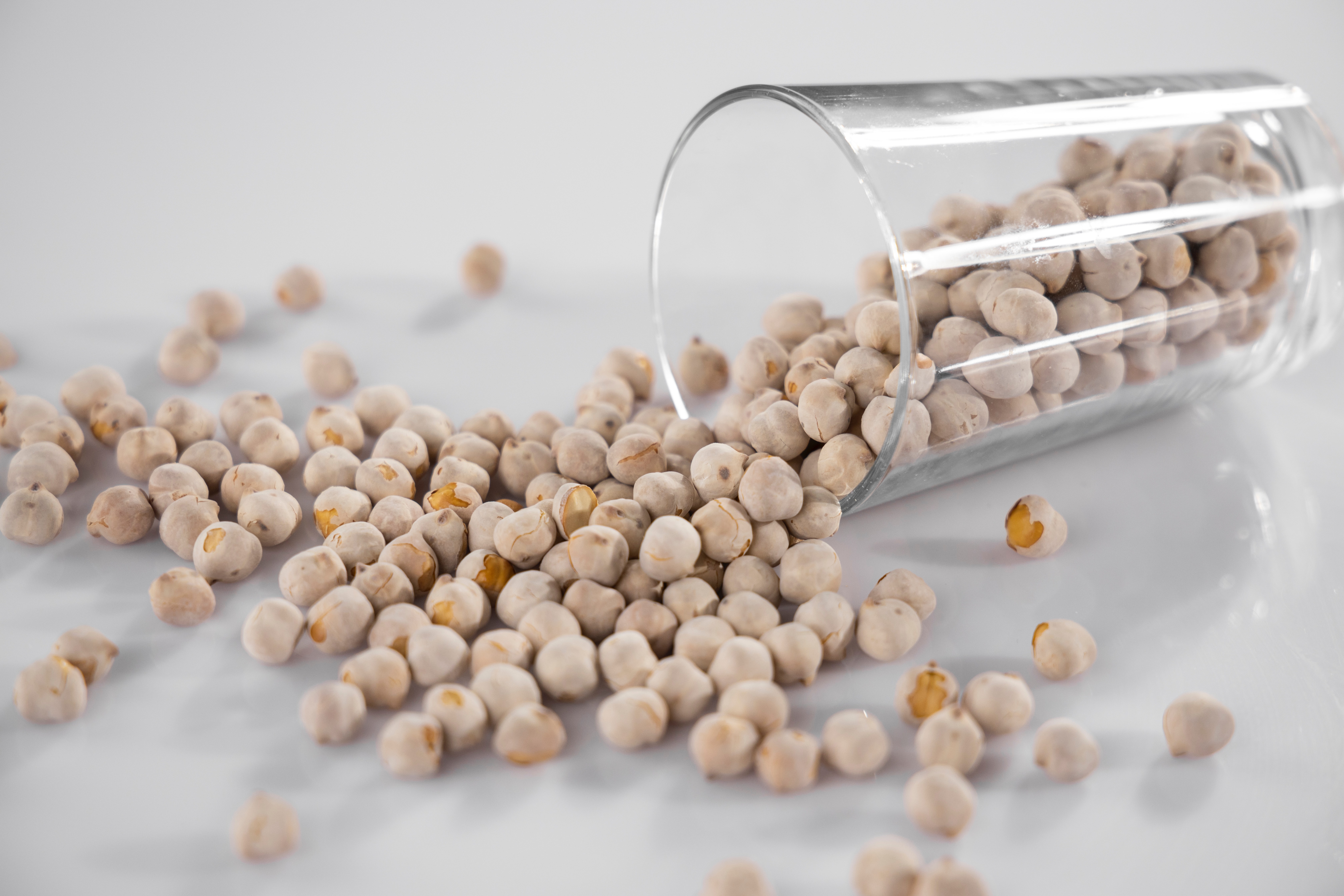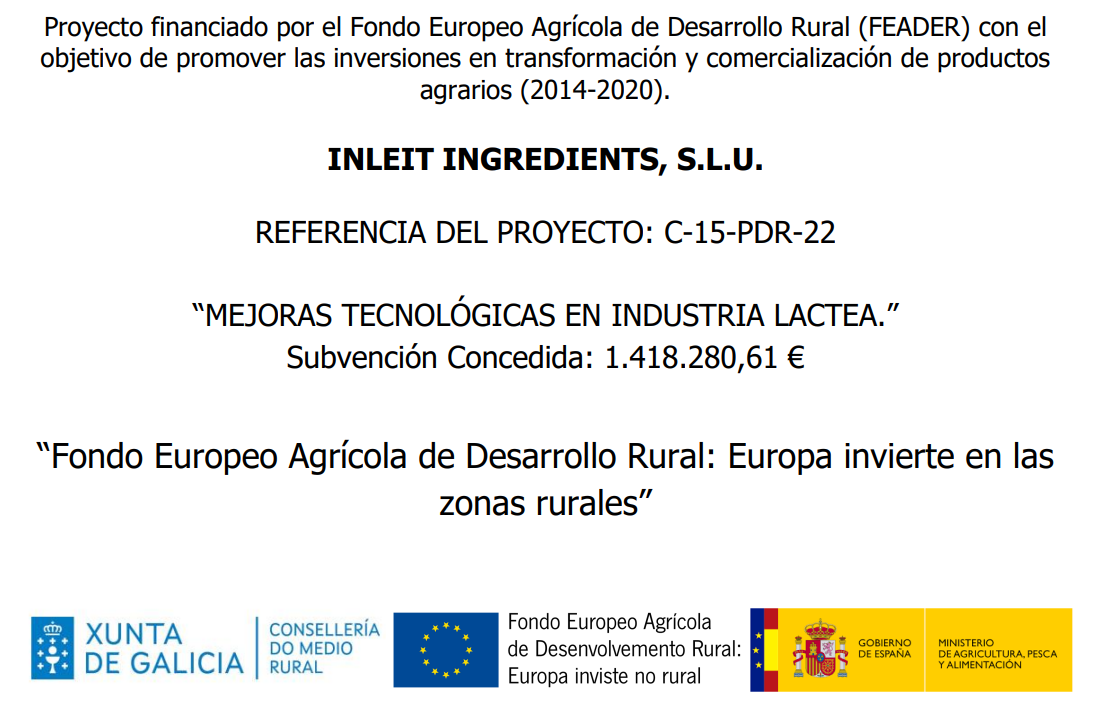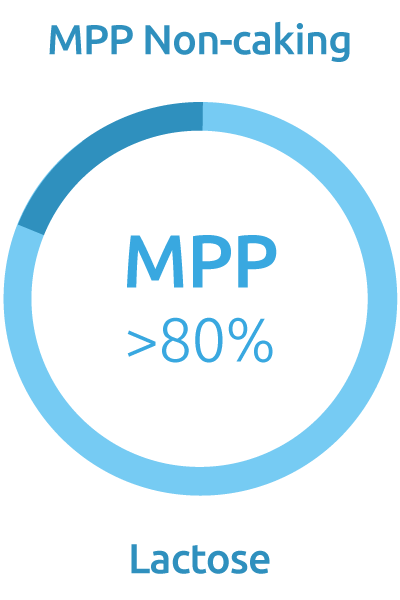A protein is an essential constituent of any living organism at work in many functions: communication between cells, digestion, immunity, respiration, reproduction, and locomotion. Chemically, an unrolled protein is simple; it’s like a pearl necklace. In life, this necklace is organized into an architecture that gives it a characteristic shape that contributes to its function. Our body makes proteins: it chains the pearls according to the instructions read in our genetic code.
These pearls are amino acids. There are 20 of them, and their arrangement determines the protein’s function. The human body can provide 11 of these 20 amino acids, so it must get the other 9 essential amino acids from external sources. These 9 essential amino acids are:
- Histidine
- Isoleucine
- Leucine
- Lysine
- Methionine
- Phenylalanine
- Threonine
- Tryptophan
- Valine
Animal proteins and vegetable proteins, are they the same thing?
Animal proteins are found in meat and fish, of course, but also in all animal products, such as dairy products and eggs. Our primary sources of vegetable protein are cereals (wheat, rice, quinoa, etc.), legumes (dried beans, chickpeas, lentils, etc.), and nuts (almonds, nuts, etc.). Fruits and vegetables also contain proteins but to a lesser extent. Animal or vegetable, a protein remains a chain of amino acids; the major difference lies in their composition. In cereals, lysine is present in limited quantities. In legumes, methionine and cysteine are limited. At the same time, all essential amino acids are present in sufficient amounts in animal-based proteins.
Essential amino acids in vegetables
Animal-derived proteins are complete proteins because they contain relatively high concentrations of all nine essential amino acids. Instead, many plant proteins are considered incomplete because they lack one or more of these amino acids or have only small amounts. Therefore, combining plant proteins to mimic the amino acid profile of animal protein may be relevant for specific nutritional strategies. Besides, unlike animal protein, plants also contain higher levels of amino acids identified as potentially beneficial to health. This is particularly true for arginine, cysteine, glutamine, and glycine. Let’s look at the essential amino acid composition of different plant-based proteins.
Starchy vegetables
Starchy vegetables like potatoes, taro, and corn provide all 9 essential amino acids. Nevertheless, the concentrations of lysine and sulfur-containing amino acid methionine remains critical. Lysine is necessary for immune, bone, and cardiovascular health. It is also a precursor to the compound carnitine, which delivers fatty acids to the mitochondria to produce energy.
Methionine, as its composition suggests, helps enhance the absorption of sulfur. It also has a chelating function on certain heavy metals and acidifies the urine pH when present in sufficient quantities, helping to prevent certain types of renal lithiasis.
However, despite the relatively low level of methionine in potatoes, it still meets the requirements as recommended by the WHO.
Legumes
Legumes such as beans, chickpeas, and lentils complement vegetable leaves, providing high methionine content.
Green Leafy Vegetables
The leafy greens, such as kale, spinach, and collard greens are sources of tryptophan, leucine, threonine, and phenylalanine.
Tryptophan represents the starting point for producing niacin and serotonin. Leucine is vital for muscle growth and endurance, while threonine is essential for nervous system health. Finally, as the thyroid hormones, phenylalanine is necessary for synthesizing any peptide, not only plastic but also enzymatic and hormonal.
Cabbage-like and Gourd Vegetables
The cabbage-like vegetables, such as cauliflower and broccoli, are rich in isoleucine and valine, essential in cases of prolonged fasting and muscle growth and tissue repair, respectively.
The gourd vegetables include pumpkin and zucchini and are rich in leucine, isoleucine, phenylalanine, threonine, and tryptophan.
Allium Vegetables
The allium vegetables include onions, garlic, and leeks. In addition to tryptophan, the high content of sulfur of this group of vegetables reflect relatively high levels of methionine.
Plant-based ingredients blend
One keyword to have all the amino acids to make the proteins our body needs is diversity! Thus, combining various protein sources can retain enough of all the necessary amino acids. For example, according to the WHO, only potato and breadfruit seed proteins show a balanced amino acid profile. This means that these proteins, as the sole protein source in the diet, can provide sufficient amino acids when consumed in the small amounts required to meet standard protein requirements. To meet the WHO reference profile, an example of a blend would be composed of pea albumin and alfalfa (at 90% and 10%, respectively). Alfalfa provides the additional leucine needed not provided by the pea albumin.
The diverse composition of amino acids from plant-based protein sources provides an easy way to construct protein blends that target specific amino acid profiles. However, protein blends should also consider a variety of factors as protein composition, digestibility, and functionality because the presence of anti-nutritional factors can hinder digestion (e.g., trypsin inhibitors, saponins, etc.) or protein structure resistance to hydrolysis.
References
- Massey, K.A., Blakeslee, C.H. & Pitkow, H.S. A review of physiological and metabolic effects of essential amino acids. Amino Acids 14, 271–300 (1998). https://doi.org/10.1007/BF01318848
- Gorissen, S.H.M., Crombag, J.J.R., Senden, J.M.G. et al. Protein content and amino acid composition of commercially available plant-based protein isolates. Amino Acids 50, 1685–1695 (2018). https://doi.org/10.1007/s00726-018-2640-5
- Dimina L, Rémond D, Huneau J-F and Mariotti F (2022) Combining Plant Proteins to Achieve Amino Acid Profiles Adapted to Various Nutritional Objectives—An Exploratory Analysis Using Linear Programming. Front. Nutr. 8:809685. doi: 10.3389/fnut.2021.809685
- WHO/FAO/UNU Expert Consultation (2007) Protein and amino acid requirements in human nutrition. World Health Organ Tech Rep Ser 935:1–265
- Calvez J, Benoit S, Piedcoq J, Khodorova N, Azzout-Marniche D, Tomé D, et al. Very low ileal nitrogen and amino acid digestibility of zein compared to whey protein isolate in healthy volunteers. Am J Clin Nutr. (2021) 113:70–82. doi: 10.1093/ajcn/nqaa274














